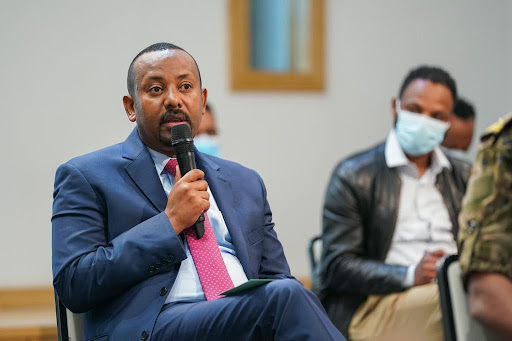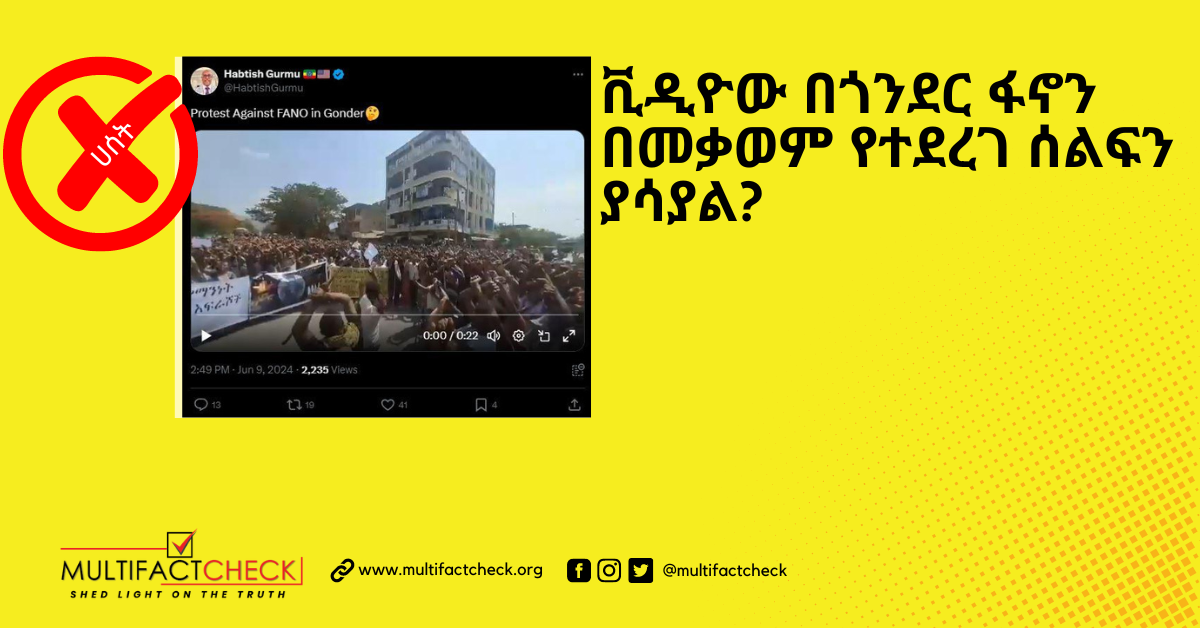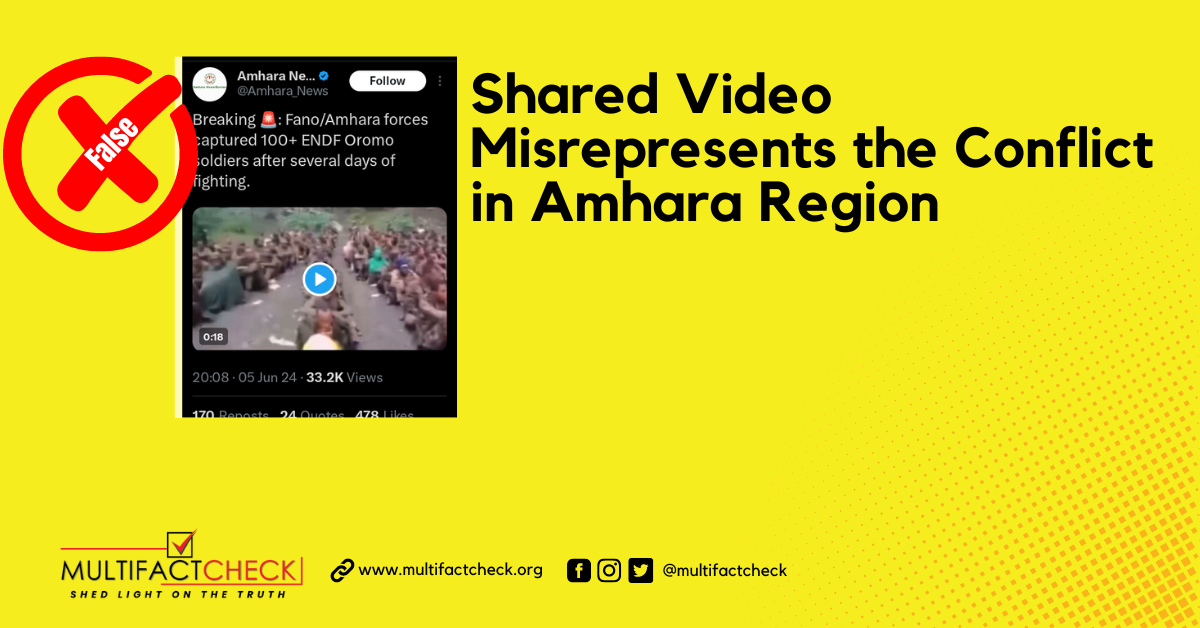By MFC Staff
On June 30, 2021, in his speech to a large gathering of Ethiopian journalists, Prime Minister Abiy Ahmed said that the people in Welkite and Tsegede of Western Tigray Zone were people of Bege Medir (Gondar). In a gap of two days, Ethiopian Ambassador to the UN Taye Atske Selassie told journalist during the UN Security Council Media Stakeout that the territory in Western Tigray Zone is considered as the ancestral homeland of the Amhara and that it was forcefully incorporated into Tigray only in 1992. This raises the question if ‘historical political administration’ of a territory was the basis upon which the boundaries of the post-1991 federal units of Ethiopia were (re)drawn, and whether it can be invoked to justify territorial claims.
Ethiopian turned into a federation based on ethno-national territorial units de facto in 1992 under a transitional Charter and de jure in 1995 with the FDRE Constitution. The federal arrangement and its specific nature of organization was primarily designed as an institutional mechanism to accommodate the various nationalities’ longstanding quest for recognition of their identity and autonomous self-rule, while preserving the country as a political unit.
The administrative map defining the boundaries of the ethno-national units – known as regions – was drawn in 1992 by a Boundary Commission. According to scholars such as Sarah Vaughan, the Commission was created by the then Transitional Council of the Transitional Government of Ethiopia (TGE), and had 10 members – three representatives from Ethiopian People’s Revolutionary Democratic Front (EPRDF), two from Oromo Liberation Front (OLF), and one representative each from Gurage, Hadiya, Harari, Somali, and Afar.
Proclamation No.7/1992 and the FDRE constitution states that the principles that guided the delineation of regional boundaries were “settlement pattern, language, identity and consent” of the people. Hence, legally and constitutionally speaking, the nine regional states were born out of the process of reconstitution of internal administrative boundaries of the country informed by these criteria.
The process of delimiting the boundaries of the new ethno-national regional units was controversial as there were disputes over territory due to overlapping claims. Vaughan stated that some members of the commission laid claims on territories and wanted it to be incorporated into their prospective regions based on reference to history – past administration and/or ‘ancestral homeland’. Aware of their open-ended potential for dispute, the Boundary Commission rejected territorial claims based on historical grounds. Instead, it staked out regional boundaries based on ‘currently verifiable demographics’, i.e., language, territorial contiguity, and identity visible on the ground, according to Vaughan and other two scholars – Prunier and Ficquet. These factors were taught to be more visible and conclusive marker of territory. At the time, there had been sufficient material at disposal of the commission mapping the settlement pattern of identity groups and their language use in Ethiopia. In fact, the commission mainly used the studies made by the Derg’s Institute for the Study of Ethiopian Nationalities alongside with the 1976 published work of Marvin L. Bender, a renowned linguist who worked extensively on languages in Ethiopia, as references to determine the boundaries of the regional states, as stated in the work of Vaughan, 2003.
In short, the ‘founding fathers of the Ethiopian federation’ defined the boundaries of Oromia, Tigray, Amhara, Somali etc. and created these regions constituting the federation based on the above-mentioned criteria than reference to under which pre-1991 administrative unit a particular area had been governed historically. Consideration of history had been, by and large, ruled out of the criteria during the very process of creating the regions due to its prosperity to provoke unending contention over territories.
If this was the case, the claim that Ethiopian Prime Minister and Ethiopian Ambassador to the UN made that Western Tigray Zone (Welkaite & Tsegede) is historically part of Bege Medir/Gondar and therefore be put under Amhara Regional State than Tigray is unfounded because for almost none of the regions in the present Ethiopian federation were created on this criterion in the first place.



